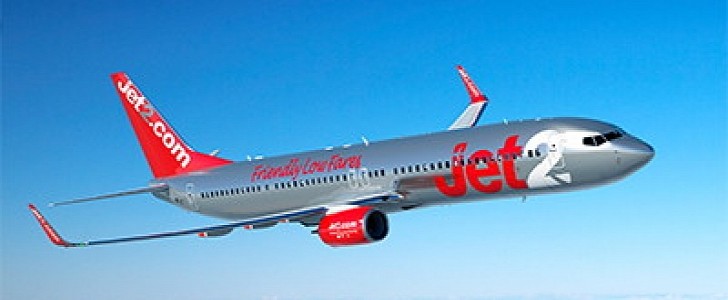Alternative fuels, hybrid propulsion systems advanced aircraft design are the main focus for sustainable commercial aviation in the future, but this goal can be supported indirectly as well, through innovative airport management systems. The most recent collaboration between NASA and FAA proves it.
The U.S. Transportation Department’s Federal Aviation Administration (FAA) and the National Aeronautics and Space Administration (NASA) announced that they are ready to roll out a software capability for airports, which not only reduces flight delays considerably, but also saves fuel and, therefore, reduces greenhouse gas (GHG) emissions, making commercial aviation more sustainable.
When airplanes are stuck for too long on the airport taxiways, it not only delays flights and congests traffic, but it also contributes to an increased level of GHG emissions. In order to prevent this, NASA has developed an air traffic scheduling technology, for air traffic controllers and airlines, that can calculate gate pushbacks at busy airports.
Pushbacks (the backward movements of aircraft from their parking positions, using special vehicles) are important for maintaining a fluid circulation on taxiways. This new software calculates them, so that planes don’t have to wait, instead move directly to the runway.
This feature is part of FAA’s Terminal Flight Data Manager (TFDM) program and has been tested for four years. During the tests conducted at the Charlotte Douglas International Airport, the changes that were observed as a result were remarkable. Flight delays were reduced by 916 hours, with more than 3,000 flights spending 15 minutes less than standard, on the taxiway.
GHG emissions were reduced by 8 tons per day, and more than 275,000 gallons (over 1 million liters) of fuel per year were saved. According to FAA, that’s equal to the fuel burn of 185 flights between New York and Chicago, by a Boeing 737.
The TFDM program will be rolled out at 27 hub airports in the U.S. and is expected to save millions of gallons of fuel every year, and cut tons of CO2 emissions. Not to mention that flight passengers will experience fewer delays.
When airplanes are stuck for too long on the airport taxiways, it not only delays flights and congests traffic, but it also contributes to an increased level of GHG emissions. In order to prevent this, NASA has developed an air traffic scheduling technology, for air traffic controllers and airlines, that can calculate gate pushbacks at busy airports.
Pushbacks (the backward movements of aircraft from their parking positions, using special vehicles) are important for maintaining a fluid circulation on taxiways. This new software calculates them, so that planes don’t have to wait, instead move directly to the runway.
This feature is part of FAA’s Terminal Flight Data Manager (TFDM) program and has been tested for four years. During the tests conducted at the Charlotte Douglas International Airport, the changes that were observed as a result were remarkable. Flight delays were reduced by 916 hours, with more than 3,000 flights spending 15 minutes less than standard, on the taxiway.
GHG emissions were reduced by 8 tons per day, and more than 275,000 gallons (over 1 million liters) of fuel per year were saved. According to FAA, that’s equal to the fuel burn of 185 flights between New York and Chicago, by a Boeing 737.
The TFDM program will be rolled out at 27 hub airports in the U.S. and is expected to save millions of gallons of fuel every year, and cut tons of CO2 emissions. Not to mention that flight passengers will experience fewer delays.








